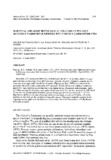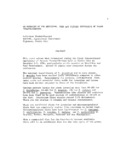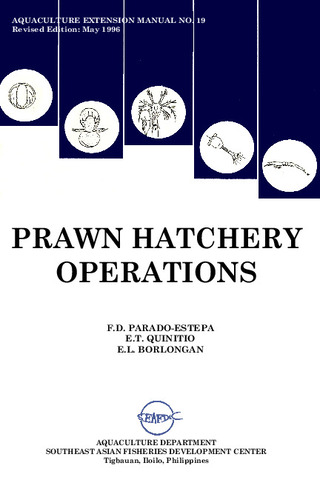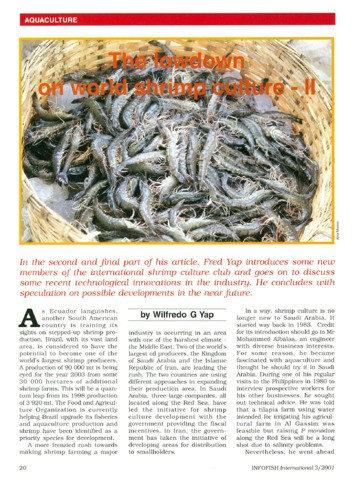Survival and some histological changes in Penaeus monodon Fabricius juveniles fed various carbohydrates
Share
Abstract
Juveniles of P. monodon Fabricius (initial mean weight 1.76 g) were reared on semipurified diets containing 10 or 40% maltose, sucrose, dextrin, molasses, cassava starch, corn starch or sago palm starch for 6 weeks. Highest survival (56%) was obtained in juveniles fed with a diet containing 10% sucrose. Within 10 days of rearing, complete mortality was observed in prawns fed with higher levels of maltose and molasses. After 6 weeks, among the starches, sago palm starch provided for the best survival at 10% level. There was no relationship between time to death and size of the prawn (r = −0.10). Significant differences were observed between the type, as well as the level, of carbohydrate in the diet on the survival of juvenile prawn. Histopathological changes in the hepatopancreas, gills and exoskeleton of juveniles fed with the various carbohydrates were also studied.
Description
SEAFDEC Aquaculture Department Contribution No. 97.
Suggested Citation
Piedad-Pascual, F., Coloso, R. M., & Tamse, C. T. (1983). Survival and some histological changes in Penaeus monodon Fabricius juveniles fed various carbohydrates. Aquaculture , 31(2-4), 169-180. https://doi.org/10.1016/0044-8486(83)90311-3
Taxonomic term
Collections
- AQD Journal Articles [1248]
Related items
Showing items related by title, author, creator and subject.
-
An overview of the nutrition, feed and feeding techniques of prawn penaeid/shrimps
Piedad-Pascual, Felicitas (Philippine Council for Aquatic and Marine Research and Development, 1989)This paper echoes what transpired during the first International Conference of Penaeid Prawns/Shrimps held in Iloilo City in December 4-7, 1984, particularly on the Nutrition nd Feed Development. Around 25 papers were ... -
Prawn hatchery operations
Parado-Estepa, Fe D.; Quinitio, Emilia T.; Borlongan, Emeterio L. (Aquaculture Department, Southeast Asian Fisheries Development Center, 1996-05)The manual, an updated version of the 1984 SEAFDEC/AQD manual, presents the underlying principles and step-by-step instructions of prawn larval and post-larval rearing. The techniques described are not only applicable to ... -
The lowdown on world shrimp culture - II
Yap, Wilfredo G. (INFOFISH, 2001)This paper introduces some new members of the international shrimp culture club and goes on to discuss some recent technological innovations in the industry, particularly the polyculture of tilapia (mainly Oreochromis ...




